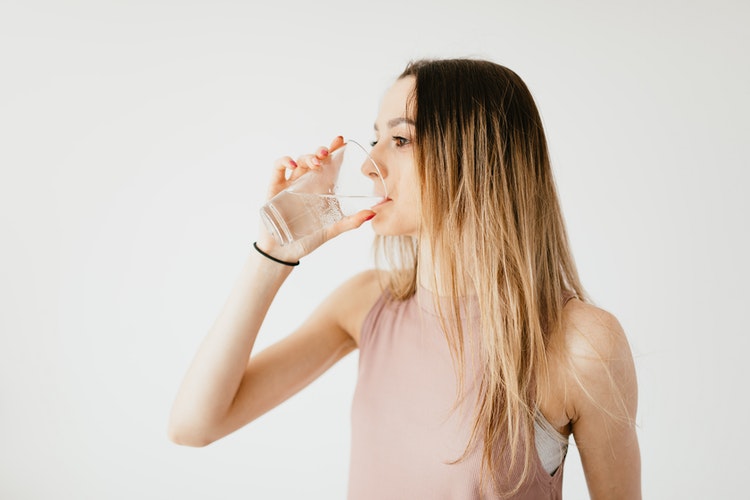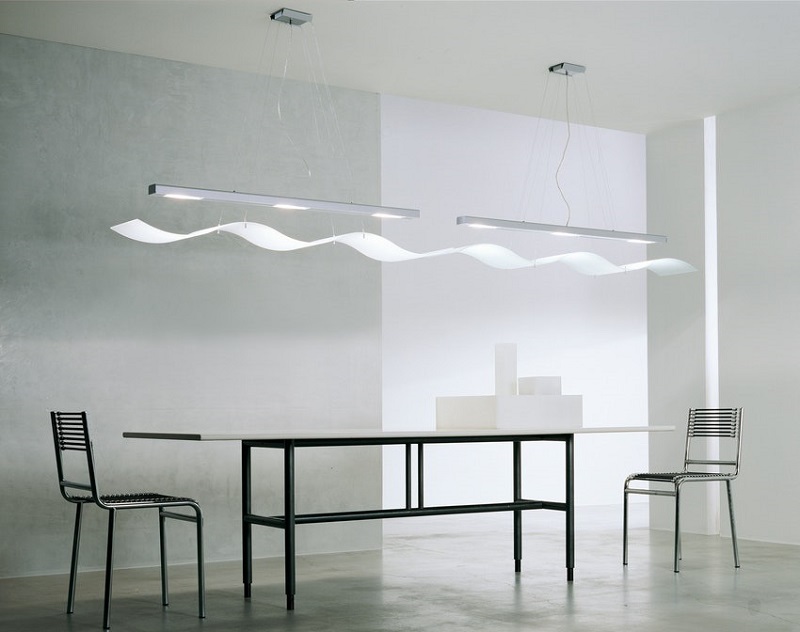Climate change has brought increasingly frequent severe weather events to all parts of the world. Heat waves, freak storms, stronger hurricanes, flooding, drought, and even blizzards are all troubling effects of the recent climatic upheaval. These changes have caught us off guard, and our infrastructure, in many cases, is not prepared to deal with them.
When one of these catastrophic events dominates the headlines, the first problem for the victims tends to be getting clean water. Water, in fact, is the one theme that ties all these events together. Whether you aren’t getting enough of it, as in a drought, or you are getting way too much, as in a hurricane, water is often at the heart of the difficulty. When disasters hit, people lose their customary water supply and must get creative about finding safe water for drinking, washing, and cooking.
Sometimes flood waters contaminate municipal water supplies. Maybe a city’s water mains break from unexpected winter weather. It may be as simple as a power outage that knocks out pumping stations and the resulting loss of pressure allows cross contamination from nearby sewer lines. Whatever the reason the water supply gets interrupted, here are some ways you can provide yourself with clean water in a disaster.
Lets’ See How to Get Drinking Water During an Emergency
1. Traditional Boiling
If the water in your house is still working but you have reason to believe that it has been contaminated, boiling is a good option. City water can become contaminated with bacteria and viruses from flood waters or a power outage can render water systems unable to maintain their disinfection. In these cases, municipalities will issue Boil Water Advisories, which are just a heads-up that you need to boil water before you drink, cook, or wash dishes with it. A rolling boil for 1-2 minutes is all that is needed to kill pathogens.
This solution is available to everyone who has a pot and a source of heat. That’s what makes it the official advice in a disaster situation. This low-tech fix has a lot going for it, but you have to have a source of heat to use it. Power outages can knock out the only source of heat that some people have. Makeshift arrangements like the backyard grill make a workable plan. Even if you can make boiling work for you, you have to wait for it to cool down, it uses tons of energy, and can heat up the house unbearably if the A/C is out.
2. UV Blast
Ultraviolet light is hard on living cells. At those wavelengths, any radiation reaching a cell’s nucleus will break apart the structure of DNA and leave it inactive or dead. This is the reason why people wear sunscreen. While larger animals like us may have a few skin cells to spare to the ravages of UV light, bacteria are single-celled. A few moments of good, strong UV light is enough to kill them outright.
There are devices that purify water on this principle. Most of them are installed into your house plumbing and irradiate water as it passes through a chamber with a special UV bulb in it. These units can be nice, but if the power goes out, they are not going to work. There are several battery operated models on the market, though, which might be useful in an emergency. They treat one bottle full of water at a time, and work in minutes.
3. A Solar Still
Anyone who has seen bootleggers on TV will recognize a still. It is essentially a big copper pot with a tube coming out the top. The tube coils round and round on its way to a spigot near the floor. A liquid is heated up in the pot until it evaporates, then the vapor pushes out through the tube where it condenses back into a liquid. This process is not just a way to make moonshine, it is also the gold standard in water purification. Distilled water is so refined that it is what laboratories use when they need reliably uncontaminated water.
A still needs a source of heat, which can get complicated if there’s no power. Also, nobody just keeps a still on hand (except maybe real bootleggers). However, there is a way to rig up a surprisingly effective makeshift version of this classic device. A web search for, “solar still” will turn up dozens of pictures with instructions on how to make one. The basic idea is to place water into a large container with an open top, such as a really big bowl or washtub. In the center is a sort of, “island” with a cup on it. Stretch clear plastic over the larger container and weigh down the center so that the lowest spot is directly above the cup. When the whole arrangement is placed in the sun, the water evaporates, then condenses on the underside of the plastic sheeting. The droplets run down to the lowest point and drip off into the cup as pure, distilled water.
You have to marvel at the efficacy of a technique that is so cheap and simple to make, uses no energy, and purifies water to such a high degree. And it is versatile, too! In a context where it is hard to find any water at all, not to mention clean water, it can be used to suck the moisture out of the soil itself. Just substitute a large, shallow hole in the ground for the washtub, and any moisture that is left in the topsoil will be drawn out and make its way into the cup.
There are some drawbacks, though. If it’s cloudy, it won’t work. It is very slow, so it can’t make enough water to wash up with. If you want to make water beyond a bare subsistence level, a solar still probably isn’t the answer.
4. Chemical Purification
Since scientists discovered the disinfectant power of chlorine around the turn of the 20th century, some version of it has been standard practice ever since. Almost all city water has been treated with chlorine. Chlorine works because of its strong oxidizing effect on organic molecules. It breaks up the membranes around living cells and destroys or denatures the fragile proteins that keep them alive. Bacteria and viruses don’t stand a chance.
Chlorine for water purification comes in commercially available tablets. You can also use ordinary household bleach. Standard bleach (5.25% sodium hypochlorite) should be used at a ratio of 8 drops to the gallon of water and left alone for half an hour to take effect. This is very important because at drinkable concentrations, bleach takes time to fully kill pathogens.
Also important is to avoid accidental recontamination. For example, as you fill a water bottle with contaminated water to be treated, if you spill any onto the threads of a screw-on lid, you must disinfect those as well, or risk ingesting pathogens.
This method is nearly as universal as boiling, since almost everyone keeps bleach. You don’t have to wait for the water to cool down and it takes no energy. If you can stand the taste, large amounts of water can be treated in a relatively short time. As well as it works, chlorine needs to actually reach the organism before it can kill. If the pathogen is buried inside a particle of dirt or organic matter in the water, it might make it through alive. Pre-treatment with a particulate filter may be a good solution. Neither can chlorine kill the spores of certain parasitic protozoans like cryptosporidium and toxoplasma. In their dormant stage, these nasties, also called cysts, wrap themselves in a tough cocoon that bleach can’t penetrate. For the dirtiest water sources, some additional purification method may be necessary.
5. Gravity Fed Water Purifiers
In recent years, many people have started filtering their drinking and washing water even under normal circumstances, using simple, yet powerful gravity fed devices in their home kitchens. It makes sense, since recent events have cast doubt on the purity of city water supplies.
A gravity fed water purifier works by passing water through a filter, aided by the force of gravity. The device consists of an upper and lower chamber, connected through a special filter element. You pour water into the upper chamber, it drips through high tech filter media, and into the lower chamber, purified to a high standard.
These devices work much more quickly than distillation or one-quart batches in a UV bottle: about a gallon an hour. That means there is no problem making plenty of washing water. They don’t need a heat source or batteries, so they don’t depend on the electric grid. Lastly, they remove chemical contamination, something you can’t get with boiling, chlorine, or UV treatment. A unit like the Berkey will remove all pathogens as well as practically any chemical that may be present. Even if you were forced to collect the exceptionally polluted water that results from a catastrophic flood, these water purifiers will render it safe to drink.





